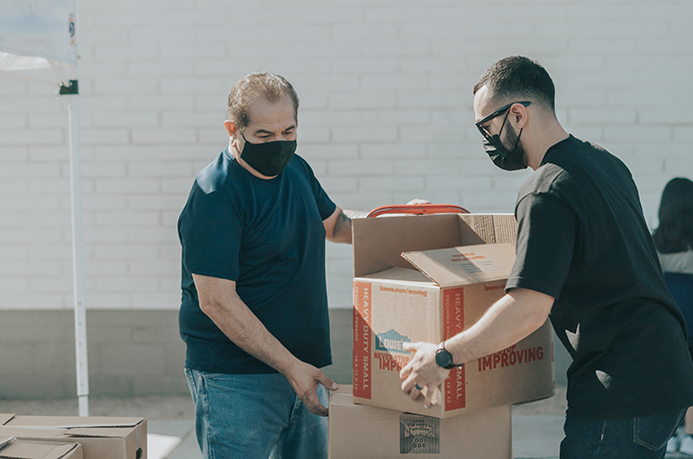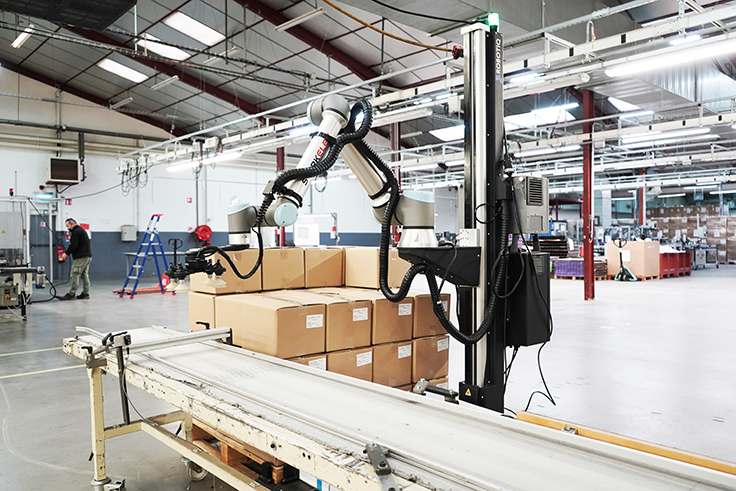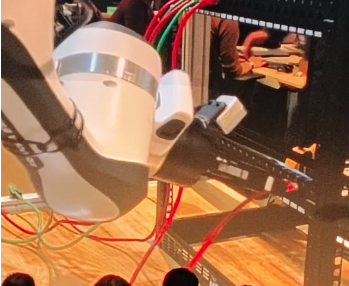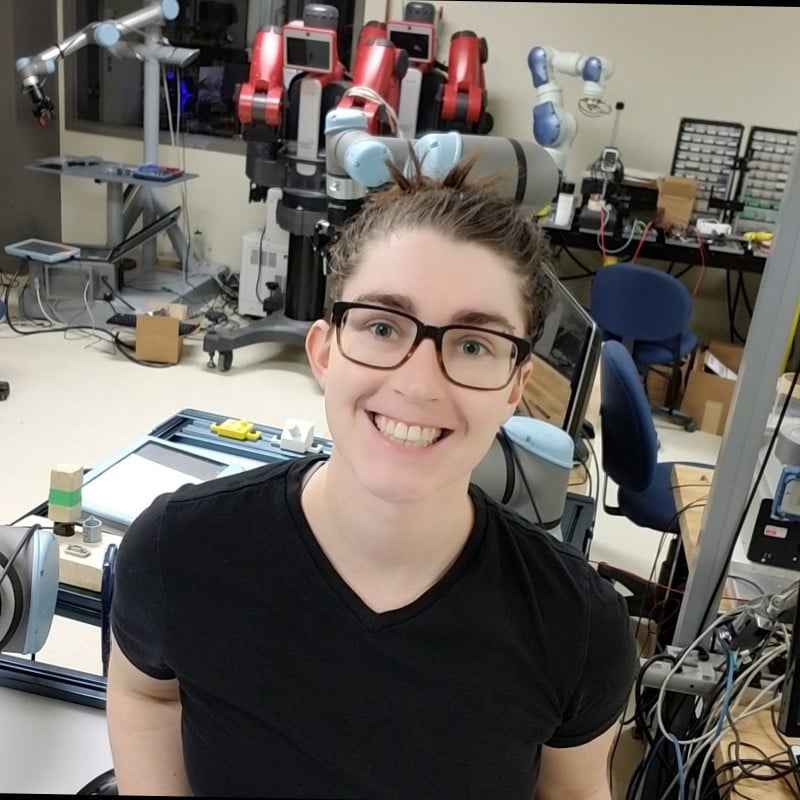Back Health and Palletizing: A Worrying Connection

Posted on Feb 18, 2022 in Palletizing
5 min read time
Back health is a huge problem for manufacturing and logistics companies. But, what can you do if your workers are taking lots of time off from back pain?
There's no denying that manual labor is hard on the human body. We have reported before that 35% of workdays lost to injury are caused by musculoskeletal disorders, of which back pain is one type.
The problem is that we need our workers to perform manual labor! Or do we?
Tasks like palletizing are integral to the running of the business. If your products aren't packaged and palletized, they can't be sent out to your customers.
But, the link between back health and tasks like palletizing is too important for us to ignore.
The worrying problem of back pain in manufacturing and logistics
Despite the general trend towards desk work these days, manual labor still plays a huge part in the modern world.
In manufacturing and logistics, tasks like palletizing are often the most strenuous physical work that people can do. Workers have to pack heavy boxes and containers onto wooden pallets for many hours on end.
Even if boxes weigh only a few kilograms, the intense repetition of the task takes its toll. The person has to bend and move their back while stacking boxes on the pallet. This leads to awkward back posture which is one of the top causes of lower back pain
One worldwide research study found that lower back pain accounts for one-third of all disabilities arising from occupational risk factors. Another study found that, at any one time, lower back pain affects 12-30% of the population in the USA.
5 common causes of back pain and how they apply to palletizing
Here are 5 of the most common causes of back pain according to the United Kingdom Health and Safety Executive and how they apply to the task of manual palletizing:
- Lifting heavy or bulky loads — Many of the boxes and containers that are used to ship products are quite heavy. However, they might not be heavy enough to justify using a crane or forklift. This means that human workers need to lift them unaided.
- Repetitive tasks — Palletizing is extremely repetitive. It just involves stacking boxes on top of each other in a regular pattern again and again.
- Bending, crouching, or stooping — When you are starting to fill an empty pallet, it is common to bend or stoop to place the boxes onto it. As you reach higher layers at waist level, it gets easier to do this without bending awkwardly.
- Stretching, twisting, and reaching — We have heard stories of workers climbing ladders to place boxes onto the higher levels of pallets. This leads to a related risk factor for back pain — stretching or reaching. Even if you manage to eliminate bending or reaching risks, the twisting action that's often needed while palletizing can also be a risk.
- Being in position for a long time — Over the course of a long shift, standing in the same position next to a pallet can cause a strain on the back. When combined with the other risks listed, this can be quite damaging.
You can reduce some of these risks by making the task more ergonomic.
The problem is that tasks like palletizing are hard to make more ergonomic without making them less productive at the same time.

The conventional relief for palletizing-induced back pain
How can you reduce the impact of palletizing-induced back pain?
Sure, you could just accept the sick days caused by the injuries. However, this wouldn't be respecting back health of your workers and could cause them significant health problems long into the future.
One solution to reduce the risk of palletizing is to improve the ergonomics of the manual task.
The conventional way to improve palletizing ergonomics is to add a lift table. Lift tables are pneumatic, hydraulic, or electric platforms. The pallet sits on top of the platform and the worker can actuate the table to raise and lower it. This helps them to keep the pallet at an optimal height.
The problem with lift tables is that they reduce the productivity of the task. It takes time to move the table up and down. This means that workers palletize boxes more slowly. If they are rushed, they might also abandon the feature and just stack the boxes normally, which again puts strain on their back.
Robotics and back health: How palletizing robots can help
What if you could avoid any risk to the back health of human workers?
A highly-effective way to reduce the risk of back injury is just to remove the manual task completely. Many companies are moving away from manual palletizing for this reason.
Robots can perform palletizing more quickly and consistently than human workers. They take the strenuous physical task from the worker, allowing that person to move to more rewarding tasks. And it's now easier than ever to add a palletizing robot to your business.
With collaborative robots, you can fit the system neatly alongside your existing manual processes. As they are small, cobots occupy much less space than the conventional palletizing robots.
Remove back pain from manual labor with a robot
If you want to reduce the risk of back injury and improve the back health of your palletizing workers, you can get started very quickly.
Just check out our product page to read about people in similar situations to you who have improved their palletizing process with a cobot.
Many of our users have expressed how happy their workers were to remove the job of manual palletizing from their task load. And their backs will thank them in the long term!

How has back injury affected people in your workplace? Tell us in the comments below or join the discussion on LinkedIn, Twitter, Facebook, or the DoF professional robotics community.








Leave a comment